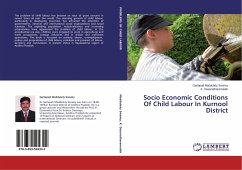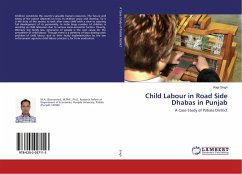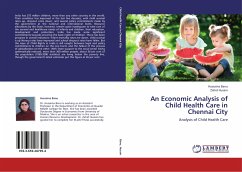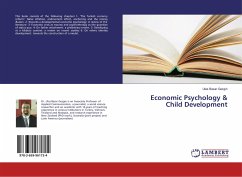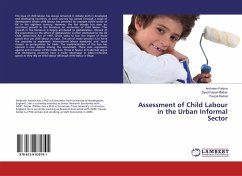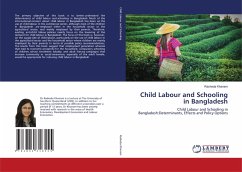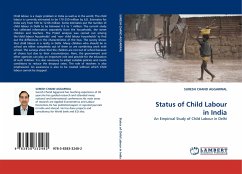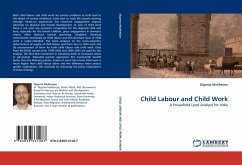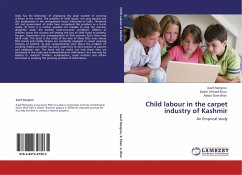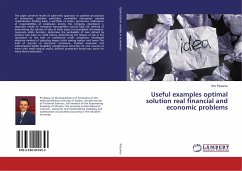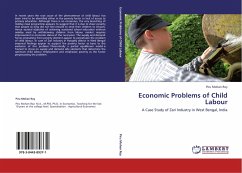
Economic Problems of Child Labour
A Case Study of Zari Industry in West Bengal, India
Versandkostenfrei!
Versandfertig in 6-10 Tagen
45,99 €
inkl. MwSt.

PAYBACK Punkte
23 °P sammeln!
In recent years the root cause of the phenomenon of child labour has been tried to be identified either in the poverty factor or lack of access to primary education. Although there is no consensus, the very launching of midday meal programme appears to suggest that it is due to sheer poverty that people so long did not feel enticed to send their children to schools. Hence societal objective of achieving sustained school education without midday meal by withdrawing children from labour market requires improvement in economic status of the rural poor. The supply and demand forces emanating from ...
In recent years the root cause of the phenomenon of child labour has been tried to be identified either in the poverty factor or lack of access to primary education. Although there is no consensus, the very launching of midday meal programme appears to suggest that it is due to sheer poverty that people so long did not feel enticed to send their children to schools. Hence societal objective of achieving sustained school education without midday meal by withdrawing children from labour market requires improvement in economic status of the rural poor. The supply and demand forces emanating from poverty element appear to perpetuate the problem of child labour. In case of Zari industry in Hooghly district in West Bengal empirical findings appear to support the poverty factor as basic to the existence of this problem. Theoretically a partial equilibrium model is framed to stress on supply and demand side elements that determine the optimum child labour employment and emphasize povertyas the factor perpetuating the problem.



